OpenAI’s ChatGPT Can Be Used As A Reliable Scam Spotter
This may be the most important article you will ever read to help you avoid scams by using ChatGPT!
Introduction
It’s not just the scammers that can use AI to create scam messages, you can now use OpenAI‘s ChatGPT to spot them too!
SCARS has been testing ChatGPT for the last few weeks with astoundingly successful results. We have been using it to analyze potential scam email and it has delivered approximately a 94% accuracy rate at spotting scam emails.
In the coming weeks, we will also be using ChatGPT to analyze scammer dialogs with victims to see how successfully it can detect relationship scams during the introduction and grooming phases.
How Can You Use Chatgpt To Spot Scams And Scammers?
As an AI language model, ChatGPT can assist in spotting scams and scammers by analyzing the content of emails or messages and comparing them to known patterns of fraudulent activity. Here are some general tips and tricks you can use with ChatGPT to help spot scams:
- Look for unusual or suspicious requests – ChatGPT can help you identify if a request is unusual or suspicious by analyzing the wording and context of the message.
- Check the sender’s email address – ChatGPT can help you identify if the sender’s email address is legitimate or if it has been modified or spoofed.
- Verify the website or link – ChatGPT can help you determine if a website or link is legitimate or if it has been created to look like a legitimate one.
- Beware of urgent or threatening messages – ChatGPT can help you identify if a message is trying to create a sense of urgency or threaten you into taking action.
- Be cautious of unsolicited offers – ChatGPT can help you identify if an offer is too good to be true or if it’s coming from an unsolicited source.
- Check for poor grammar and spelling – ChatGPT can help you identify if a message is poorly written or contains spelling errors, which can be a sign of a scam.
Remember, scams can take many forms and can be quite sophisticated, so always be vigilant and cautious when dealing with unfamiliar messages or requests. If you’re unsure about a message or offer, it’s always better to err on the side of caution and investigate further before taking any action.
Tip: You can also do this with entire dating profiles too!
How Does This Work?
1. How can you create a ChatGPT prompt to look for unusual or suspicious requests by analyzing the wording and context of a message?
Here are some possible prompt variations that could be used to prompt ChatGPT to look for unusual or suspicious requests:
- “Please analyze the following message and determine if the request is unusual or suspicious. Provide reasons for your analysis.”
- “Given the message below, can you identify any red flags that indicate a potentially fraudulent request? Please explain your reasoning.”
- “Analyze the wording and context of the following message to determine if there are any signs of suspicious activity or requests. Provide specific details to support your analysis.”
- “Review the message below and assess whether there are any indications of an unusual or suspicious request. Use your knowledge to explain why or why not.”
- “Help me spot any unusual or suspicious requests in the following message by analyzing the language and context. Provide your analysis and reasoning.”
2. How can you create a ChatGPT prompt to check if the sender’s email address is legitimate or if it has been modified or spoofed?
“Hey ChatGPT, can you help me determine if an email sender’s address is legitimate? Please analyze the email address and provide insights into whether it is genuine or spoofed. Additionally, can you identify any potential red flags or signs that the sender may not be who they claim to be based on the email address?”
3. How can you create a ChatGPT prompt to verify the website or link to determine if a website or link is legitimate or if it has been created to look like a legitimate one?
Here’s a prompt for ChatGPT to verify the legitimacy of a website or link:
“Hey ChatGPT, can you help me verify if a website or link is legitimate? I’m concerned that it might be a phishing attempt or a scam. Please analyze the website/link and provide me with information on its authenticity. Thank you.”
4. How can you create a ChatGPT prompt to beware of urgent or threatening messages to identify if a message is trying to create a sense of urgency or threaten you into taking action?
Here’s an example ChatGPT prompt to help identify urgent or threatening messages:
“Be wary of urgent or threatening messages. ChatGPT can help you identify if a message is trying to create a sense of urgency or fear to pressure you into taking immediate action. It will analyze the language used in the message and flag any unusual or concerning language. If you receive a message that seems overly urgent or threatening, take a step back and carefully evaluate its legitimacy before taking any action.”
5. How can you create a ChatGPT prompt to review unsolicited offers and help you identify if an offer is too good to be true or if it’s coming from an unsolicited source?
Here’s an example ChatGPT prompt for identifying unsolicited offers:
“Be cautious of unsolicited offers – ChatGPT can help you identify if an offer is legitimate or if it’s coming from an unsolicited source. If you receive an offer that seems too good to be true or if it’s from a company or person you don’t recognize, ChatGPT can help you evaluate the offer and determine if it’s safe to proceed. Ask ChatGPT to analyze the message and provide insights into the legitimacy of the offer.”
6. How can you create a ChatGPT prompt to check for poor grammar and spelling and help you identify if a message is poorly written or contains spelling errors, which can be a sign of a scam?
Here’s an example prompt for ChatGPT to check for poor grammar and spelling:
“Hey ChatGPT, can you help me spot potential scams by checking for poor grammar and spelling in messages? Sometimes, scammers use language that is poorly written or contains spelling errors. Please analyze the wording and structure of messages to determine if they contain any red flags related to grammar or spelling.”
Please Note:
We have written the above ChatGPT prompts or questions is a very wordy fashion to help you understand how you can write them in your own phasing. But you can experiment with shortening them to be more concise.
Always include the text you want to analyze following your prompt, and it is best to place that text in quotes. You will find it is easier to prepare your full prompt in a text editor first, then copy and paste it into ChatGPT’s prompt field to be run.
Want To Try It Yourself?
First, you will need a ChatGPT account. They are massively being used, so it may take a few days to get an approved account. Just be patient.
If you do not have an account, you can go to https://chat.openai.com/ to sign up.
Next, once you have your account and are on the ChatGPT interface (see image above) – type in this phrase into ChatGPT along with the text from a possible scam email:
ChatGPT review the following test from an email message – determine if it is a scam:
” place the scam email text here “
When reviewing email messages, add at the top of the unknown message From: then add the sender’s name and email address here
Examples:
Here are a few examples with their results
EXAMPLE #1
TYPED THIS: ChatGPT review the following test from an email message – determine if it is a scam:
Hello beloved
Please let this not sound strange to you because my only surviving lawyer who would have done this died of covid in 2020.I got your email I.D from my country’s guestbook online through google.
I’m Mrs. Amelia Pierson from Ireland, lived in the state of Ohio, USA. I am legally married to Mr. John Wiley Pierson, a British citizen, raised in the USA. I lived in Switzerland with my husband for 32 years before we moved down to the U.K in 1985 after my husband’s retirement in 1984. I am 81 years old by the grace of God, and I am suffering from long term (illness) cancer of the blood and bone (leukemia) and brain tumor. This illness has troubled me for a long time.
All indications from the doctor and medical analysis is that my condition is really deteriorating and getting worse, and it is quite obvious that I may not live more than 2 months, although it is God who decides. This is because the cancer disease has gotten to a very bad stage that there is no hope for me to be living again. My dear husband was involved with the January 2000 Kenya airways plane crash as you can see on the news line website. ( http://news.bbc.co.uk/2/hi/africa/6627485.stm ) in the 40 years of my marriage life, still we could not produce any child, my late husband was very wealthy and after his death, I inherited some part of his business and money in the bank. Today I have decided to donate and contribute through you, to the less privileged, charity homes, kids battling with various diseases, disabled and elderly ill people and to those displaced by wars going on in the middle-east and Ukraine.
Since the death of my husband I decided not to re-marry, I sold all my belongings and deposited the sum of $8.6Million USD with UBS Bank in the United States.
Presently, I am in Ireland on life support and this money is still with the remittance department of UBS Bank, i was recently in contact with the management and was advised to provide a beneficiary to come forward and receive the funds or rather issue a letter of authorization to somebody to receive it on my behalf, So it don’t get confiscated after my death.
It’s better to use these funds to impact on people’s lives and help charities instead of it getting confiscated when I die, I will await your urgent response.
Amelia Pierson
CHAT GPT RESPONDED:
This appears to be a common scam known as the “Advance Fee Scam”. The sender claims to have a large amount of money that they wish to donate to charity, but they require the recipient’s assistance in order to do so. Typically, the scammer will ask for personal information or an upfront payment in order to facilitate the transfer of funds, but once the payment is made, the scammer disappears and the promised funds never materialize.
Furthermore, the email contains several red flags, including unsolicited contact, the use of emotional language, and a sense of urgency to respond. The sender also claims to have obtained the recipient’s email address through a guestbook, which is an unlikely source of contact information.
In summary, this email is likely a scam and should be ignored and reported to the appropriate authorities.
EXAMPLE #2
TYPED THIS: ChatGPT review the following test from an email message – determine if it is a scam
ΑΠΡΙΛΙΟΣ 10 -04 -2023 ΙΜΕΡΡΑ ΔΕΥΤΕΡΑ
ΑΠΟΣΤΟΛΙ ΠΡΟΣ ΤΟΜΑΡΙΑ EUROBANK
ΚΑΤΙΚΟΣ ΝΕΑΣ ΣΕΛΕΥΚΙΑΣ ΙΓΟΥΜΕΝΙΤΣΑΣ
ΙΠΠΑΛΙΛΟΣ EUROBANK ΚΑΤΑΣΤΙΜΑ ΤΙΣ
ΙΓΟΥΜΕΝΙΤΣΑΣ ΓΙΑΝΝΑΚΟΥ ΓΛΙΚΕΡΙΑ
ΕΝΟΧΛΙ ΚΑΘΘΕ ΜΕΡΡΑ ΤΟΝ ΧΑΡΙΣ
ΑΝΤΩΝΟΓΛΟΥ ΑΠΠΟ ΕΤΟΣ 2007
ΜΕΧΡΙ ΚΕ ΤΟ ΕΤΟΣ 2023 ΚΑΘΘΕ ΜΕΡΡΑ
Ι ΓΙΑΝΝΑΚΟΥ ΓΛΙΚΕΡΙΑ ΕΝΟΧΛΙ ΕΠΙΣΣΙΣ
Ο ΑΔΕΛΦΟΣ ΤΙΣ ΚΟΤΣΙΣ ΓΙΑΝΝΑΚΟΣ
ΕΝΟΧΛΙ ΕΠΙΣΣΙΣ Ο ΑΝΔΡΑΣ ΤΙΣ
ΓΙΑΝΝΑΚΟΥ ΓΛΙΚΕΡΙΑ ΕΝΟΧΛΙ ΚΕ
ΚΙΝΙΓΑΝΝ ΝΑ ΔΟΛΟΦΟΝΙΣΟΥΝ ΤΟΝ
ΧΑΡΙΣ ΑΝΤΩΝΟΓΛΟΥΘΩΜΑΣ ΔΟΥΚΑΣ ΕΚΚΙ ΑΠΟΠΙΡΑΘΙ ΝΑ
ΔΟΛΟΦΟΝΙΣΣ ΤΟΝ ΧΑΡΙΣ ΑΝΤΩΝΟΓΛΟΥ
400 ΦΟΡΡΕΣΣΓΙΑΝΝΑΚΟΥ ΓΛΙΚΕΡΙΑ ΙΠΠΑΛΙΛΟΣ
EUROBANK ΚΑΤΑΣΤΙΜΑ ΤΙΣ
ΙΓΟΥΜΕΝΙΤΣΑΣ ΚΛΕΒΙ ΟΛΛΕΣ
ΤΙΣ ΕΠΙΤΑΓΕΣ ΟΝΟΜΑ ΧΑΡΙΤΟΣ
ΑΝΤΩΝΟΓΛΟΥΕΛΛΑΒΑ ΕΞΙΝΤΑ ΧΡΟΝΝΙΑ ΑΠΠΟ
EUROBANK ΜΙΔΕΝ ΕΠΙΤΑΓΕΣCHAT GPT RESPONDED:
Based on the information provided, it is not clear what kind of test this is or what it is supposed to be testing. However, based on the content of the text, it appears to be a scam. There are several indications of this:
The email is written in all caps, which is often a sign of an unprofessional or suspicious message.
The language used in the email is unclear and difficult to understand, suggesting that the writer may not be a native English speaker or that the message has been poorly translated.
The email includes a number of seemingly random names and phrases that do not appear to be relevant to any legitimate business or organization.
The email includes a request for personal or financial information, which is a common tactic used by scammers to trick people into giving away their sensitive information.
The email contains several misspellings and grammatical errors, which is another indication that it is not a legitimate message.
Overall, based on these factors, it is likely that this email is a scam and should be ignored or reported to the appropriate authorities.
EXAMPLE #3
TYPED THIS: ChatGPT review the following test from an email message – determine if it is a scam:
From: update.arl1@emaildl.att-mail.com
Thanks for your email!
This is an automated response from AT&T Customer Service.
We’re sorry. You replied to a notification-only email address that cannot accept incoming messages. Please refer to the Online Info section below if you need assistance.
Online Info
Home Page: att.com©2023 AT&T Intellectual Property. All rights reserved. AT&T, AT&T logo and all other AT&T marks contained herein are trademarks of AT&T Intellectual Property and/or AT&T affiliated companies.
AR_ATTSTANDARD_U_EHCHAT GPT RESPONDED:
There are some red flags that suggest this email may be a scam:
The email address used is not a standard AT&T email address. Legitimate AT&T emails typically come from an “@att.com” domain, while this email is from “@emaildl.att-mail.com”.
The email does not address the recipient by name, which is unusual for legitimate customer service emails.
The email contains no specific information about the recipient’s account or issue, which is also unusual for legitimate customer service emails.
The email contains no personalization or branding, which is again unusual for legitimate customer service emails.
Therefore, it’s possible that this email is a phishing scam attempting to obtain personal information or credentials from the recipient. It’s best to avoid clicking any links or providing any personal information without further verification of the email’s authenticity.
EXAMPLE #4
TYPED THIS: review the following email message to determine if it is a scam
Reply-To: alexwu8971@outlook.com
China CiTic Bank
Fund portfolio dept,
Asia Pacific.
Ref: Remittance of (USD$10,000,000)
Attention:
We received instruction from our correspondence bank to transfer the sum
of $10 million into your account which we are in the process to open an
online banking account in your name and forward to you the account
information so that you can transfer your fund into your regular account
in your country by your self to avoid any problems.
Surprisingly this morning, when we were about to communicate and proceed
on how to reach you, Mrs. Jessica Richard who claimed to be your
representative just forwarded to us the following account details to
transfer the fund into her personal bank account.
The account details which she forwarded to us is as follows.
Account Holder: Jessica Richard
Account#: 7407283200
Routing#: 011000015
Bank Name: Bank Of America
Amount: US10,000,000
Please, Do reconfirm to us as a matter of urgency if this lady is from you.
But if this lady is not from you, then you are required to fill and send this information for
verification purpose so that your fund value of $10 million will be released and paid to you officially and accordingly.
Please Fill:
1. Full Name:
2. Male/Female:
3. Age:
4. Occupation/Job
5. Nationality:
6. Country You Now Live:
7. Mobile Number:
Send all information to the bank correspondence email: alexwu8971@outlook.com
HOWEVER, WE SHALL PROCEED TO TRANSFER ALL FUND PAYMENT TO THE SAID REPRESENTATIVE IF WE DO NOT HEAR FROM YOU WITHIN THE NEXT 48 HOURS OF THIS NOTIFICATION.
Please confirm your receipt of this mail without delay…..
Yours Faithfully,
Ms. Karen Hall
Foreign Operations Secetary.CHAT GPT RESPONDED:
This email message is definitely a scam. Several red flags suggest that it is not legitimate.
Firstly, the email is unsolicited and claims to be from a bank. Legitimate banks do not usually contact customers out of the blue like this, especially not to inform them of large transfers of funds they were not previously aware of.
Secondly, the email uses urgency and a threatening tone to pressure the recipient to respond quickly, indicating a sense of urgency, and creates the impression of a deadline by which the recipient must respond.
Thirdly, the email contains several spelling and grammatical errors, which is unusual for a professional organization such as a bank. The use of terms like “fund portfolio dept” and “foreign operations secretary” are also suspicious.
Fourthly, the email requests personal information such as full name, age, and occupation, which a legitimate bank would already have on file if they were truly sending a transfer of $10,000,000.
Finally, the email mentions a representative named “Jessica Richard” who claims to be associated with the recipient. This is a common tactic used by scammers to create a false sense of familiarity and trust.
In conclusion, the email is a scam and should be ignored. It is important to remember that legitimate banks and financial institutions will never ask for personal information or transfer funds without the proper verification and authorization processes.
It Is That Simple.
We suspect that this may be a game-changer for victims.
Get a ChatGPT account and try it out for yourself!
Just remember that you have to interpret what ChatGPT delivers. It is only as useful as how you ask it. In some cases, it cannot really give you a definitive answer, but if there is any hint walk away.
ChatGPT is still in development so we expect it to improve over time, but nothing is guaranteed! We have found success in our testing, but your results may be different.
-/ 30 /-
What do you think about this?
Please share your thoughts in a comment below!
RATE THIS ARTICLE?
LEAVE A COMMENT?
Recent Comments
On Other Articles
- Nikolaus on Dating Scammers Paradise: Ivory Coast: “The Ivory Coast romance scam is still going on. It seems that local authorities don’t handle the issue effectively!” Dec 10, 02:17
- on The SCARS Institute Top 50 Celebrity Impersonation Scams – 2025: “Thank you – we will.” Dec 7, 11:41
- on The SCARS Institute Top 50 Celebrity Impersonation Scams – 2025: “You should add Sean Bean to your list of Celebrities. This one is very good, and persistent. He will be…” Dec 2, 12:07
- on How You Think & Talk About Your Scam Affects Your Recovery: “I have hung on to the scams for far too long. With the intervention of an all-merciful God, I have…” Nov 6, 22:13
- on Disengaging From A Fake Scam Relationship: “Taci, you may want to join our new support community at www.SCARScommunity.org” Nov 6, 03:01
- on Disengaging From A Fake Scam Relationship: “This particular article helped me discover the many things I did wrong the first time I was scammed. I should…” Nov 5, 22:49
- on About the SCARS RomanceScamsNOW.com Website – 24 Years Published: “It was unavailable for a few days, but it is available again. If he would be interested, he is welcome…” Nov 5, 00:59
- on About the SCARS RomanceScamsNOW.com Website – 24 Years Published: “My husband has been scammed and your classes have been helping him but now he can’t seem to access them.…” Oct 26, 14:57
- on Talia Shepard – Impersonation Victim – Stolen Photos – 2024: “Hi, I’m Patrick from Belgium and I found this site by chance, so I just got to know it, and…” Oct 17, 23:46
- on Talia Shepard – Impersonation Victim – Stolen Photos – 2024: “Hallo ik ben Patrick uit Belgie en het is in verband over PayPal. Ik heb het dit jaar spijtig genoeg…” Oct 17, 23:08
ARTICLE META
Important Information for New Scam Victims
- Please visit www.ScamVictimsSupport.org – a SCARS Website for New Scam Victims & Sextortion Victims
- Enroll in FREE SCARS Scam Survivor’s School now at www.SCARSeducation.org
- Please visit www.ScamPsychology.org – to more fully understand the psychological concepts involved in scams and scam victim recovery
If you are looking for local trauma counselors please visit counseling.AgainstScams.org or join SCARS for our counseling/therapy benefit: membership.AgainstScams.org
If you need to speak with someone now, you can dial 988 or find phone numbers for crisis hotlines all around the world here: www.opencounseling.com/suicide-hotlines
A Note About Labeling!
We often use the term ‘scam victim’ in our articles, but this is a convenience to help those searching for information in search engines like Google. It is just a convenience and has no deeper meaning. If you have come through such an experience, YOU are a Survivor! It was not your fault. You are not alone! Axios!
A Question of Trust
At the SCARS Institute, we invite you to do your own research on the topics we speak about and publish, Our team investigates the subject being discussed, especially when it comes to understanding the scam victims-survivors experience. You can do Google searches but in many cases, you will have to wade through scientific papers and studies. However, remember that biases and perspectives matter and influence the outcome. Regardless, we encourage you to explore these topics as thoroughly as you can for your own awareness.
Statement About Victim Blaming
Some of our articles discuss various aspects of victims. This is both about better understanding victims (the science of victimology) and their behaviors and psychology. This helps us to educate victims/survivors about why these crimes happened and to not blame themselves, better develop recovery programs, and to help victims avoid scams in the future. At times this may sound like blaming the victim, but it does not blame scam victims, we are simply explaining the hows and whys of the experience victims have.
These articles, about the Psychology of Scams or Victim Psychology – meaning that all humans have psychological or cognitive characteristics in common that can either be exploited or work against us – help us all to understand the unique challenges victims face before, during, and after scams, fraud, or cybercrimes. These sometimes talk about some of the vulnerabilities the scammers exploit. Victims rarely have control of them or are even aware of them, until something like a scam happens and then they can learn how their mind works and how to overcome these mechanisms.
Articles like these help victims and others understand these processes and how to help prevent them from being exploited again or to help them recover more easily by understanding their post-scam behaviors. Learn more about the Psychology of Scams at www.ScamPsychology.org
Psychology Disclaimer:
All articles about psychology and the human brain on this website are for information & education only
The information provided in this article is intended for educational and self-help purposes only and should not be construed as a substitute for professional therapy or counseling.
While any self-help techniques outlined herein may be beneficial for scam victims seeking to recover from their experience and move towards recovery, it is important to consult with a qualified mental health professional before initiating any course of action. Each individual’s experience and needs are unique, and what works for one person may not be suitable for another.
Additionally, any approach may not be appropriate for individuals with certain pre-existing mental health conditions or trauma histories. It is advisable to seek guidance from a licensed therapist or counselor who can provide personalized support, guidance, and treatment tailored to your specific needs.
If you are experiencing significant distress or emotional difficulties related to a scam or other traumatic event, please consult your doctor or mental health provider for appropriate care and support.
Also read our SCARS Institute Statement about Professional Care for Scam Victims – click here to go to our ScamsNOW.com website.








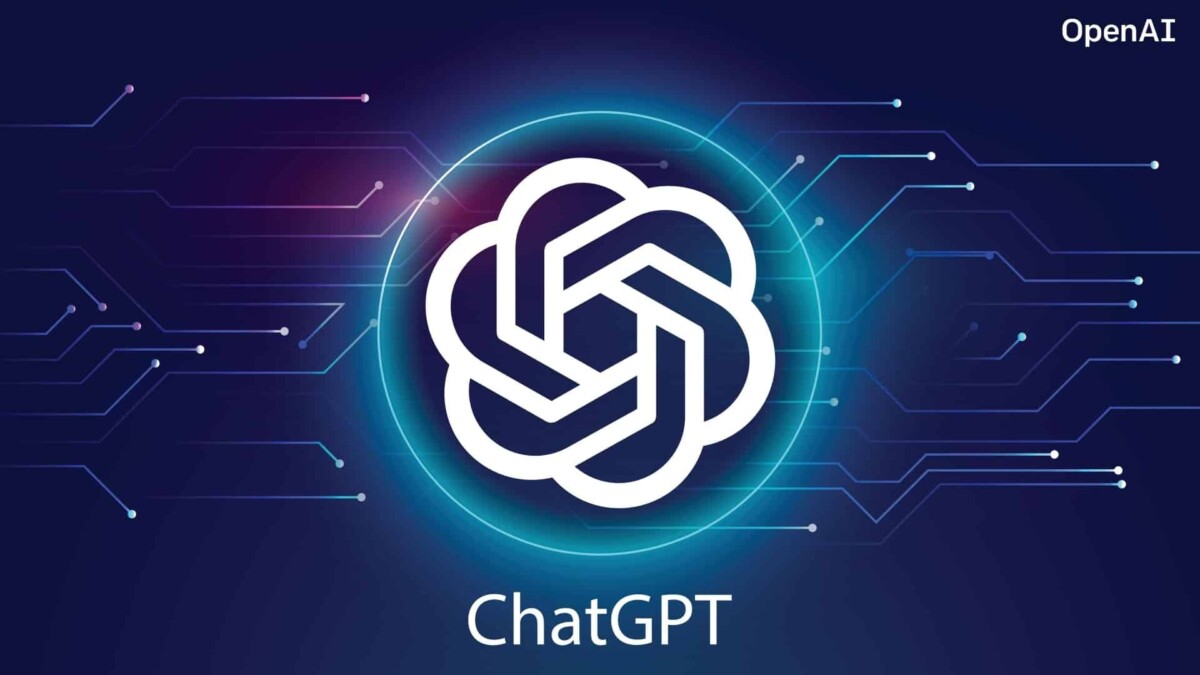


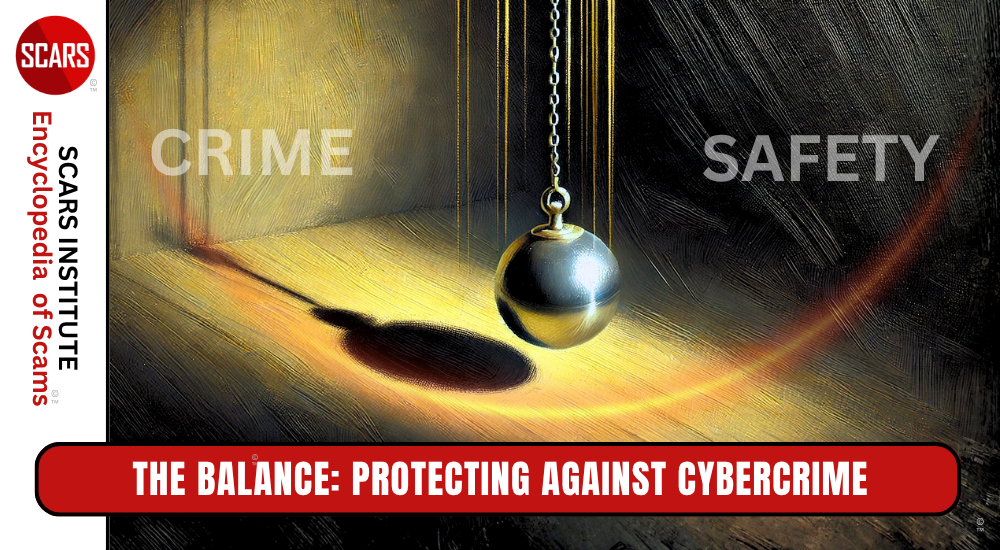
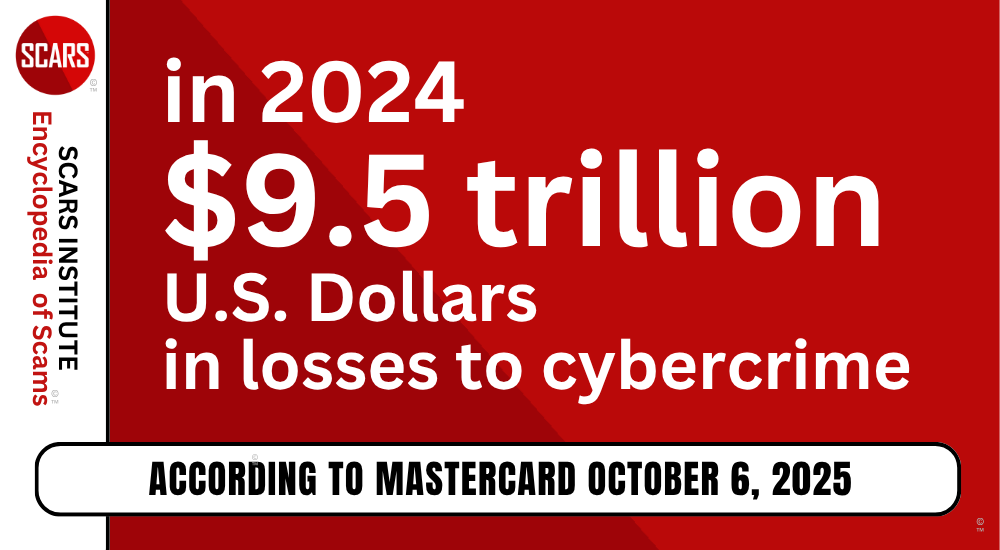
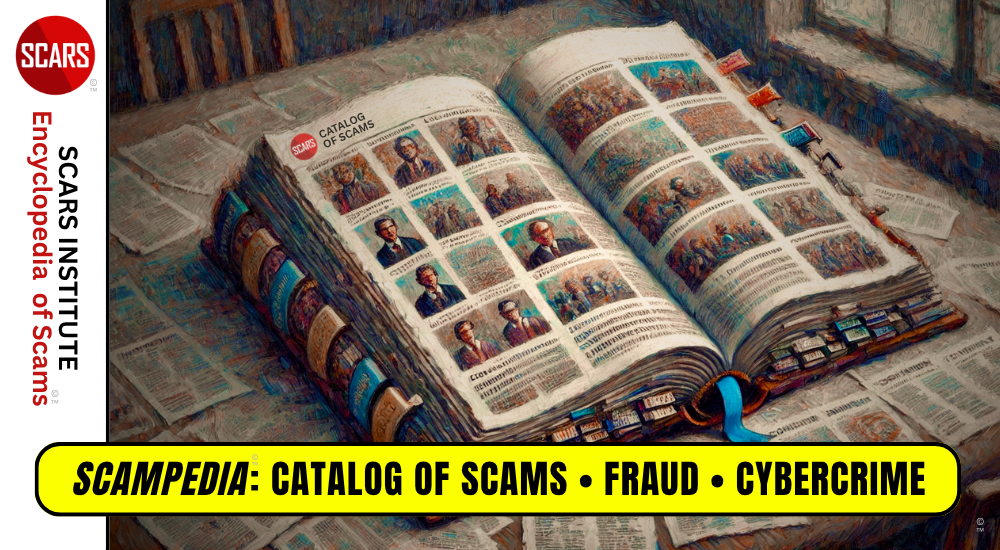
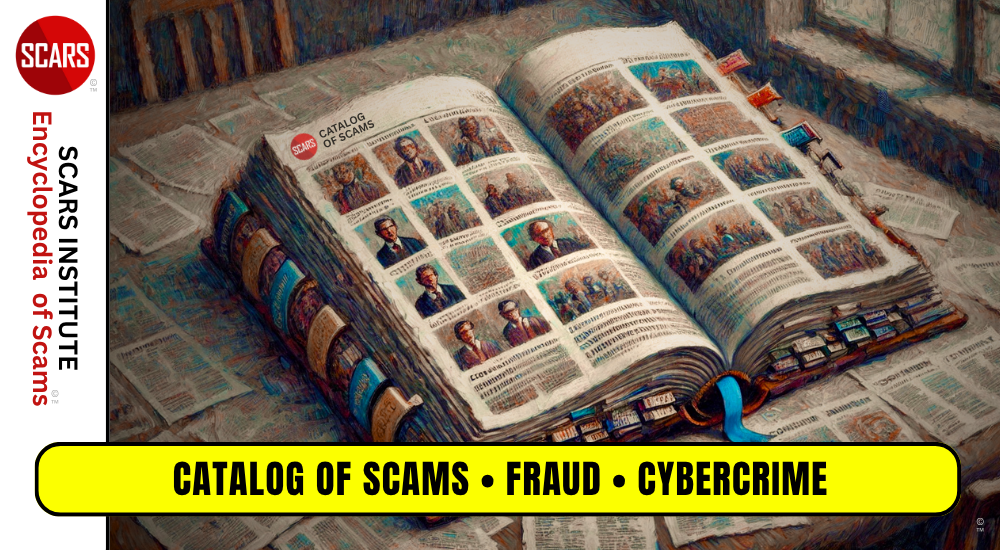





Thank you for your comment. You may receive an email to follow up. We never share your data with marketers.